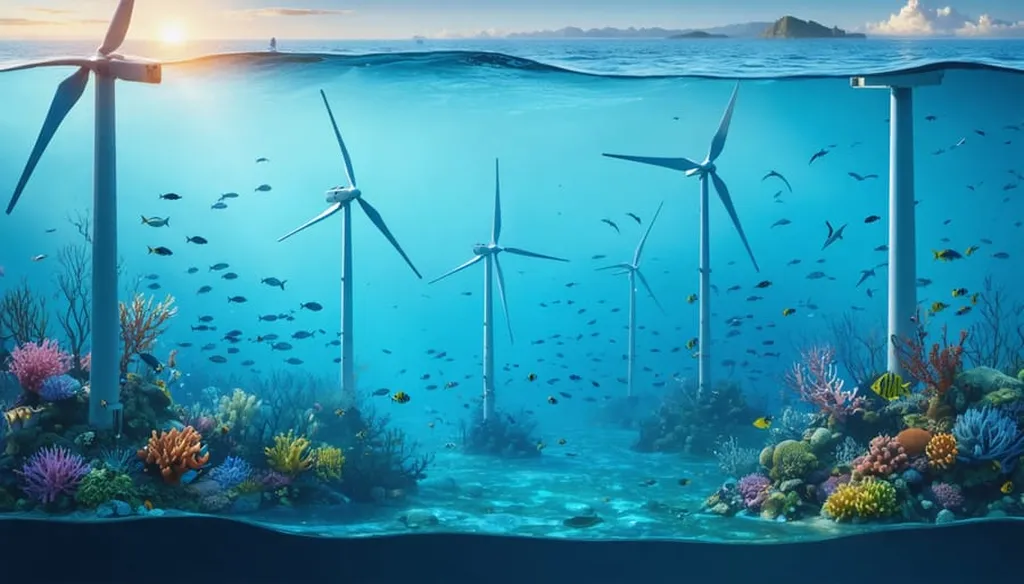In the quest for energy efficiency, researchers are turning to nature for inspiration, and a recent study published in the journal *Biomimetics* (translated from Chinese) is making waves in the underwater drag reduction sector. Led by Zaixiang Zheng from the School of Mechanical Engineering at Yangzhou University in China, the research delves into the latest advancements in bio-inspired drag reduction technologies, offering promising avenues for reducing energy consumption and greenhouse gas emissions in the maritime industry.
The study focuses on three primary technological paths: bio-inspired non-smooth surfaces, bio-inspired superhydrophobic surfaces, and bio-inspired modified coatings. Each of these approaches mimics natural designs to minimize drag, a critical factor in the energy efficiency of ships and underwater vehicles.
“Bio-inspired non-smooth surfaces can significantly reduce wall shear stress by regulating the flow characteristics of the turbulent boundary layer through microstructure design,” explains Zheng. This means that by mimicking the textures found in nature, such as the scales of fast-swimming fish, engineers can create surfaces that reduce the friction between water and the vessel’s hull, leading to substantial energy savings.
Superhydrophobic surfaces, inspired by the lotus leaf and other natural phenomena, form stable gas–liquid interfaces through micro-nanostructures. These surfaces reduce frictional resistance by utilizing the slip boundary effect, where water molecules slip over a layer of air trapped in the microstructures. “This slip boundary effect is a game-changer,” says Zheng, “as it can drastically cut down the energy required to move through water.”
Bio-inspired modified coatings take a different approach by combining targeted chemical modifications with micro-nanostructure design. These coatings not only reduce drag but also provide antifouling properties, preventing the buildup of marine organisms on the vessel’s surface. This dual functionality can lead to significant maintenance savings and further enhance energy efficiency.
Despite these advancements, the study acknowledges several challenges that need to be addressed before these technologies can be widely adopted. Manufacturing processes are often complex and costly, and the stability and durability of the gas layers in superhydrophobic surfaces remain concerns. Additionally, the long-term performance of these surfaces under various environmental conditions needs further investigation.
Looking ahead, the research suggests that future studies should focus on optimizing material properties under multi-physical field coupling conditions, developing efficient and low-cost manufacturing processes, and enhancing surface stability through dynamic self-healing coatings and smart response materials.
The implications for the energy sector are substantial. As the world seeks to reduce its carbon footprint, innovations in underwater drag reduction can play a pivotal role in making maritime transportation more sustainable. By drawing inspiration from nature, researchers like Zheng are paving the way for a future where ships and underwater vehicles glide through the water with minimal resistance, saving energy and reducing emissions.
As the research community continues to explore these bio-inspired technologies, the potential for commercial impact grows. The maritime industry, in particular, stands to benefit from these advancements, as energy-efficient vessels can lead to significant cost savings and environmental benefits. The study published in *Biomimetics* serves as a crucial stepping stone in this journey, offering valuable insights and a roadmap for future developments.
In the words of Zheng, “The future of underwater drag reduction lies in our ability to harness the wisdom of nature and translate it into practical, sustainable solutions.” With ongoing research and innovation, this vision is increasingly within reach, promising a brighter, more energy-efficient future for the maritime industry.

